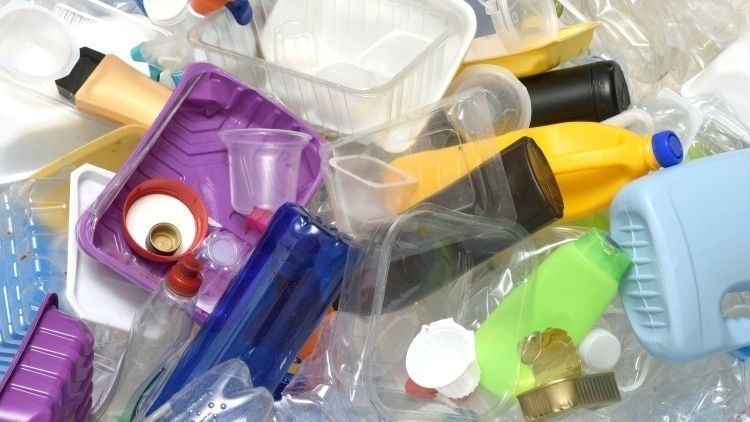Unwrapping Excellence: Defining the Best Quality Packaging in Today's Market

In the world of commerce, the adage, Don't judge a book by its cover, rarely holds true. Packaging is the first interaction a customer has with a product, and it significantly influences their purchasing decision. But what constitutes the best quality packaging? Is it merely about aesthetics, or does it go beyond that? This article aims to delve into the intricacies of packaging and unravel the elements that define its quality.
The best quality packaging is a harmonious blend of functionality, sustainability, and aesthetics. It is not just about protecting the product but also about enhancing the user experience, communicating the brand's values, and reducing environmental impact.
Functionality is the primary purpose of packaging. The best quality packaging ensures the product's safety during transportation, storage, and handling. It is designed to withstand various stressors such as pressure, temperature, and humidity. It also considers ease of use for the consumer, with features like resealability, portability, and easy opening mechanisms.
Sustainability has become a crucial factor in determining packaging quality. With increasing awareness about environmental issues, consumers prefer packaging that is recyclable, biodegradable, or made from renewable resources. The best quality packaging minimizes waste by using materials efficiently and incorporates eco-friendly materials and processes.
Aesthetics, while subjective, play a significant role in packaging quality. The best packaging designs are visually appealing, evoke emotions, and reflect the brand's identity. They use color, typography, imagery, and shape strategically to attract attention and communicate the product's features and benefits.
However, the best quality packaging is not a one-size-fits-all solution. It varies depending on the product, target audience, and market trends. For instance, luxury products may prioritize premium materials and intricate designs, while food products may focus on freshness indicators and tamper-evidence.
In the digital age, packaging also needs to be optimized for e-commerce. This involves considering factors like lightweighting for lower shipping costs, durability for long-distance transportation, and unboxing experiences for customer satisfaction.
In conclusion, the best quality packaging is a strategic tool that goes beyond mere product protection. It is a dynamic field that evolves with consumer preferences, technological advancements, and environmental considerations. As we move forward, the definition of the best quality packaging will continue to evolve, but its core elements—functionality, sustainability, and aesthetics—will remain constant.


